Australia’s key role in ‘unprecedented’ nuclear power move
Australia is well positioned to play a key role in an emerging international power struggle. But it would require a very “controversial” move.
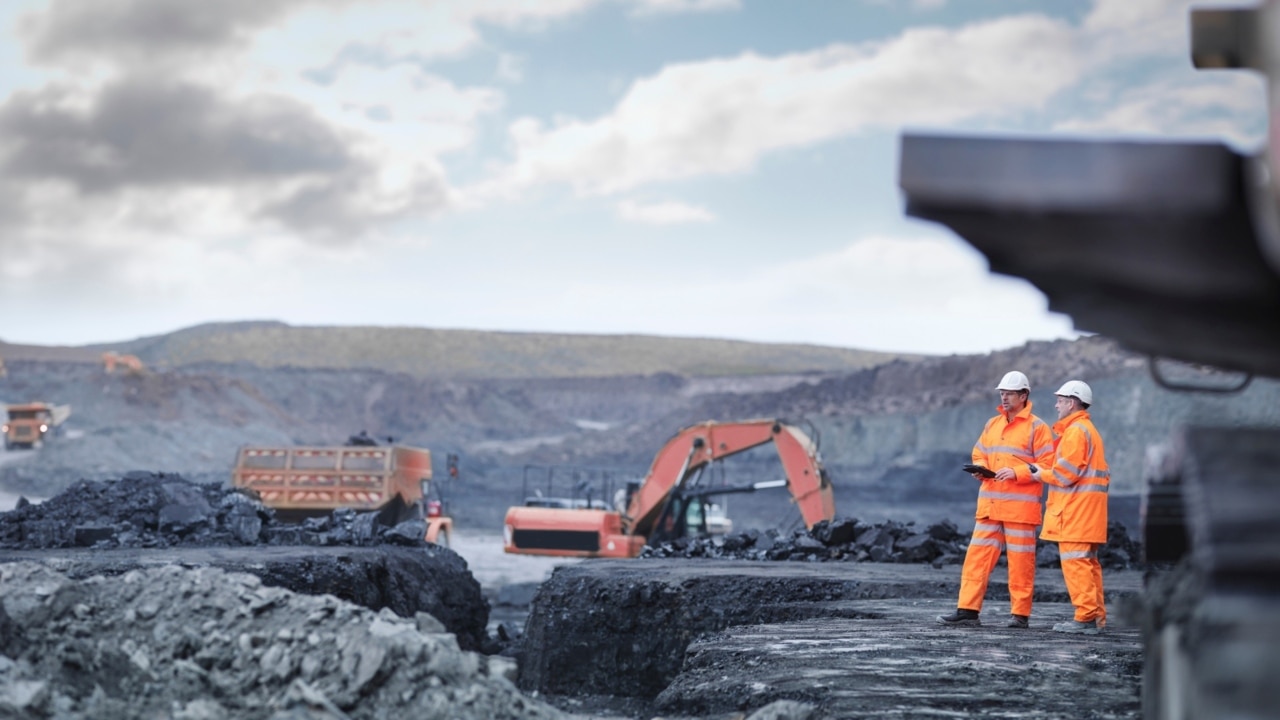
Lithium. Nickel. Graphite. Australia’s ideally positioned in an international struggle to control the critical minerals behind the transition to an all-electric economy. Is uranium next?
US President Joe Biden in May banned the import of Russian enriched uranium to fuel its 94 nuclear power plants.
But uranium isn’t easy to come by.
Australia holds about one-third of the world’s known uranium reserves. Its three operational mines – Olympic Dam, Four Mile and Honeymoon (all in South Australia) – contribute just 12 per cent of global production.
The former Soviet state of Kazakhstan – a Central Asian nation straddled by Russia to the west and north and China to the east – produces about half.
Much of this ends up powering reactors in Europe, the United States, Russia, and China.
But Beijing has moved this year to contract some 65 per cent of all future output. It’s planning to build 150 new nuclear power plants by 2035.
Moscow has already secured control of about a quarter of its deposits, and refines all of Kazakhstan’s raw uranium ore.
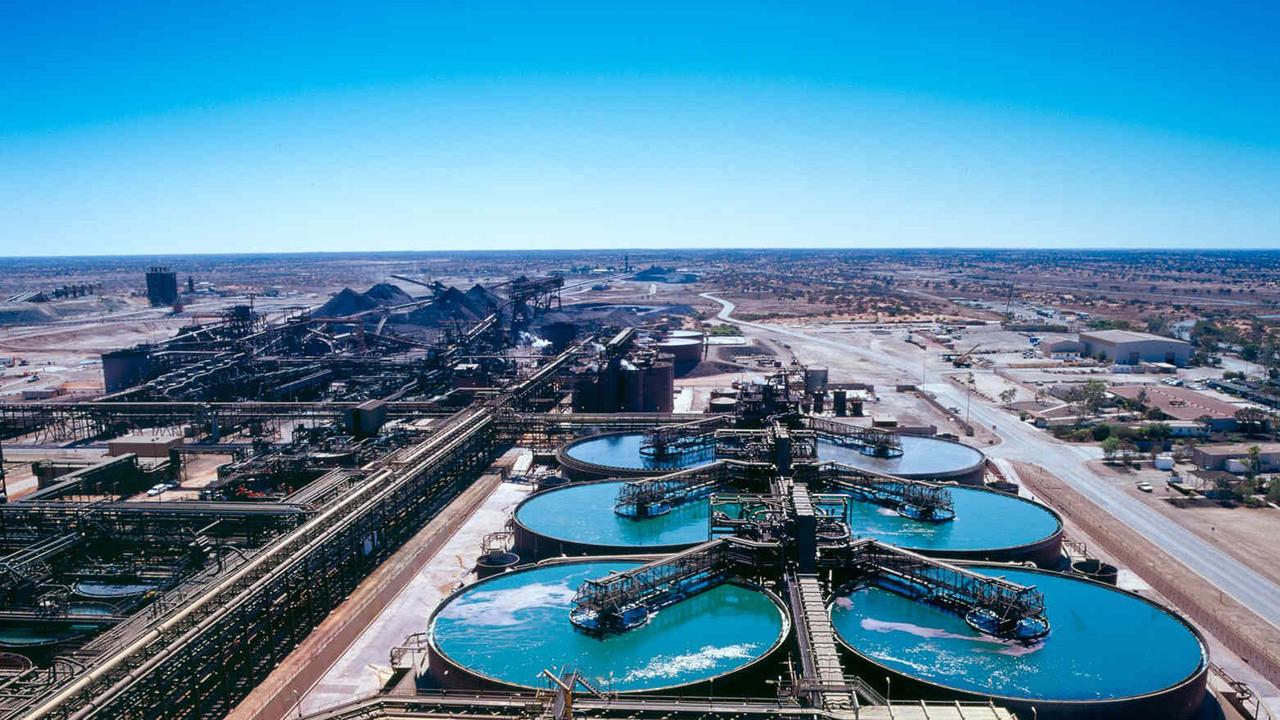
Both are supplying funding and state-controlled exploration firms to scour the 2.7 million square kilometre country for undiscovered deposits.
And both are similarly actively trying to dominate new sources of extractable uranium in the troubled nations of the Sahel (North Africa).
Can Australia step up to the plate as a safe, secure source of the controversial – yet low carbon emission – fuel?
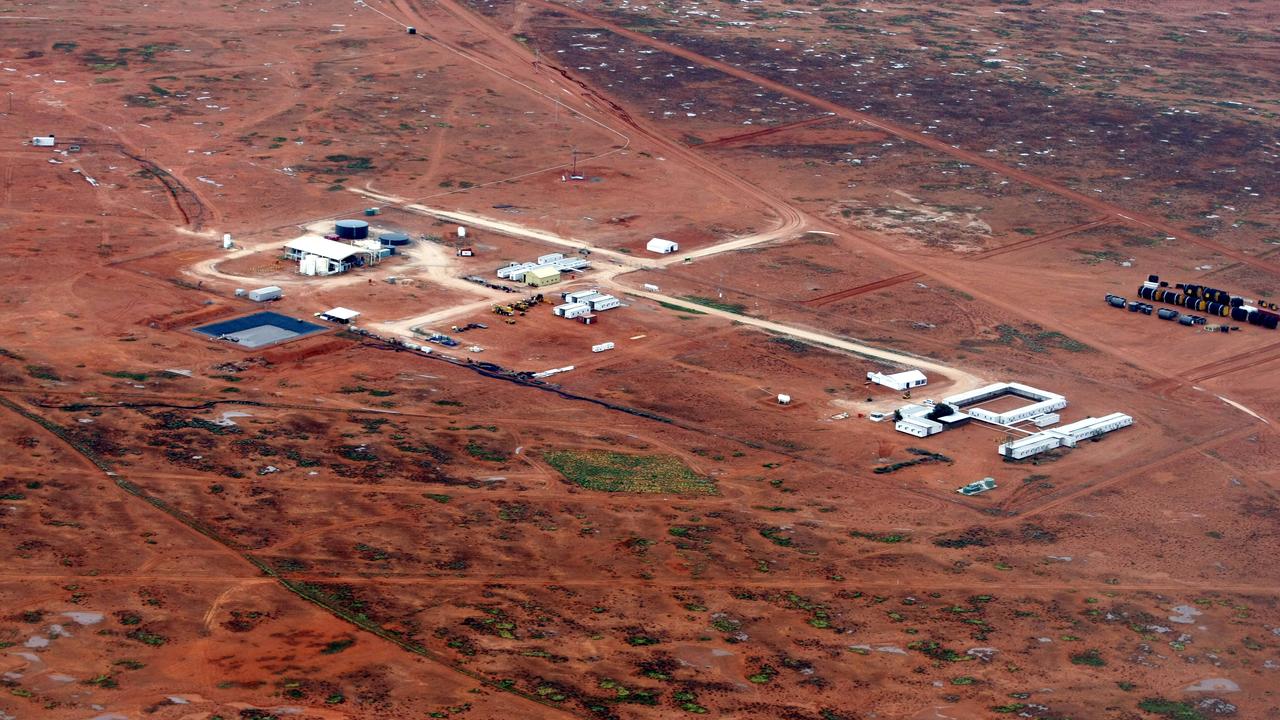
Friend-shoring
“Boosting uranium production, conversion, and enrichment in the United States and among its Western allies and substantially ramping up their fabrication of the fuel assemblies for Russian-made reactors will be critical to maintaining the existing nuclear fleet and keeping decarbonisation goals within reach,” energy advisers to the US Government Jason Bordoff and Meghan O’Sullivan state.
Russia’s dominant position as the primary source of enriched nuclear fuel to many Western nations is a severe cause for concern.
Its attempts to destabilise Europe’s economy when it invaded Ukraine in 2022 by cutting off its critical supply of natural gas demonstrated these fears are well founded.
France, in particular, is heavily reliant on Russian-processed uranium.
Paris has already begun expanding its own uranium enrichment facilities.

And a US company is adapting its processing plant in Sweden to produce Soviet-style fuel rods to feed older reactors in Eastern Europe.
But all need the original feedstock – uranium.
And its sources are limited.
Australia’s exports to the US more than doubled last year. However, most of America’s shortfall from the new Russian ban will be made up by Canada, the world’s second-largest supplier of raw uranium.
Australia is in a position to produce much more.
And then there’s the need to refine and purify it.
“The US already has partnerships with Australia and a group of European countries for uranium enrichment facilities on US territory,” nuclear energy experts Newell Highsmith and Toby Dalton write in the Brookings Institution think-tank’s Lawfare publication.
“Critically, friend-shoring also could involve transfers of enrichment technology or equipment to partner countries for use on their territories.”
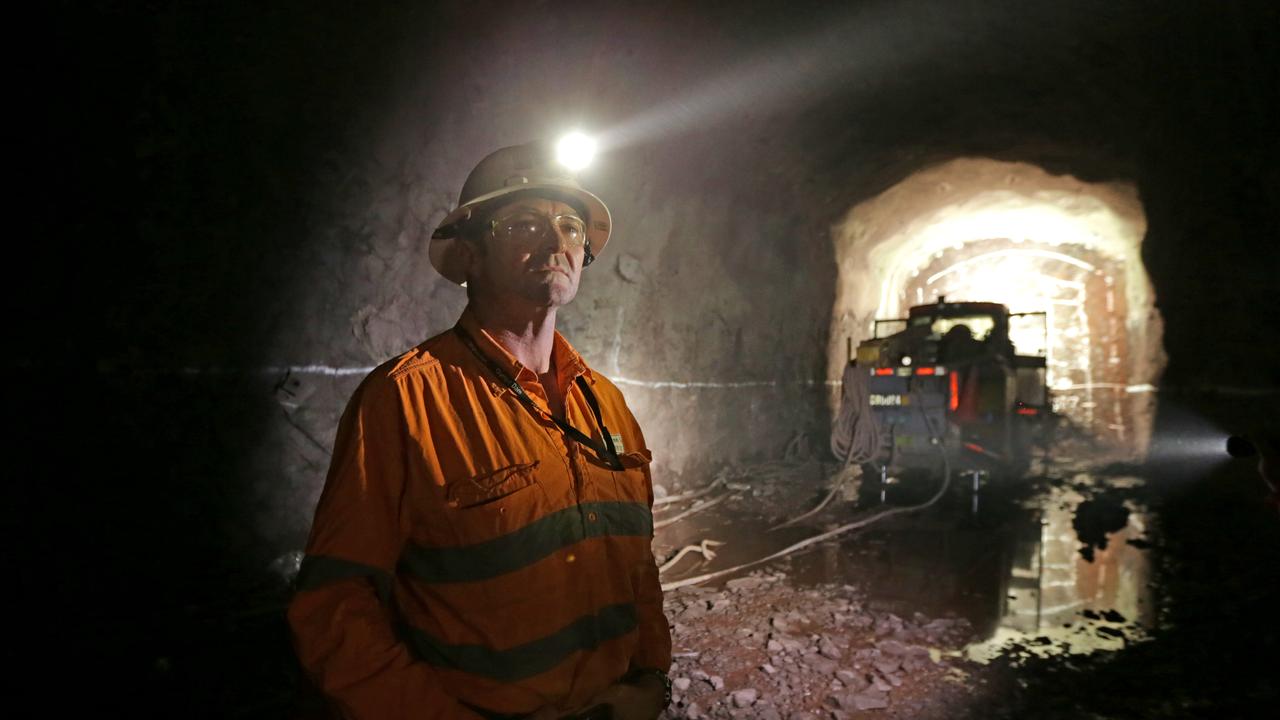
Dig it and ship it
In November last year, 22 countries used the 2023 UN Climate Change Conference (COP28) to announce plans to triple their nuclear electricity output by 2050.
These new reactors will need new, reliable sources of refined uranium fuel rods.
More than 60 commercially viable uranium deposits have been identified across WA, SA, Queensland and the NT. But – unlike any other mineral – each state has its own policies concerning the controversial mineral.
Queensland and New South Wales won’t allow it to be dug out of the ground.
And while four new mines have been approved in WA, the current State Government has made it clear it’s not keen to capitalise on this particular export. No further sites will be opened for now, and uranium isn’t allowed to pass through WA ports.
But extracting the natural uranium is just the start of its troubles.
The leaching process (where uranium is dissolved in acid in the mine, extracted, and evaporated out) produces a powdered natural ore known as yellowcake.
However, the critical ingredient – uranium-235 – needs to be concentrated at levels where a nuclear chain reaction can be sustained.
This involves a highly sensitive and secret enrichment process involving high-speed centrifuges.
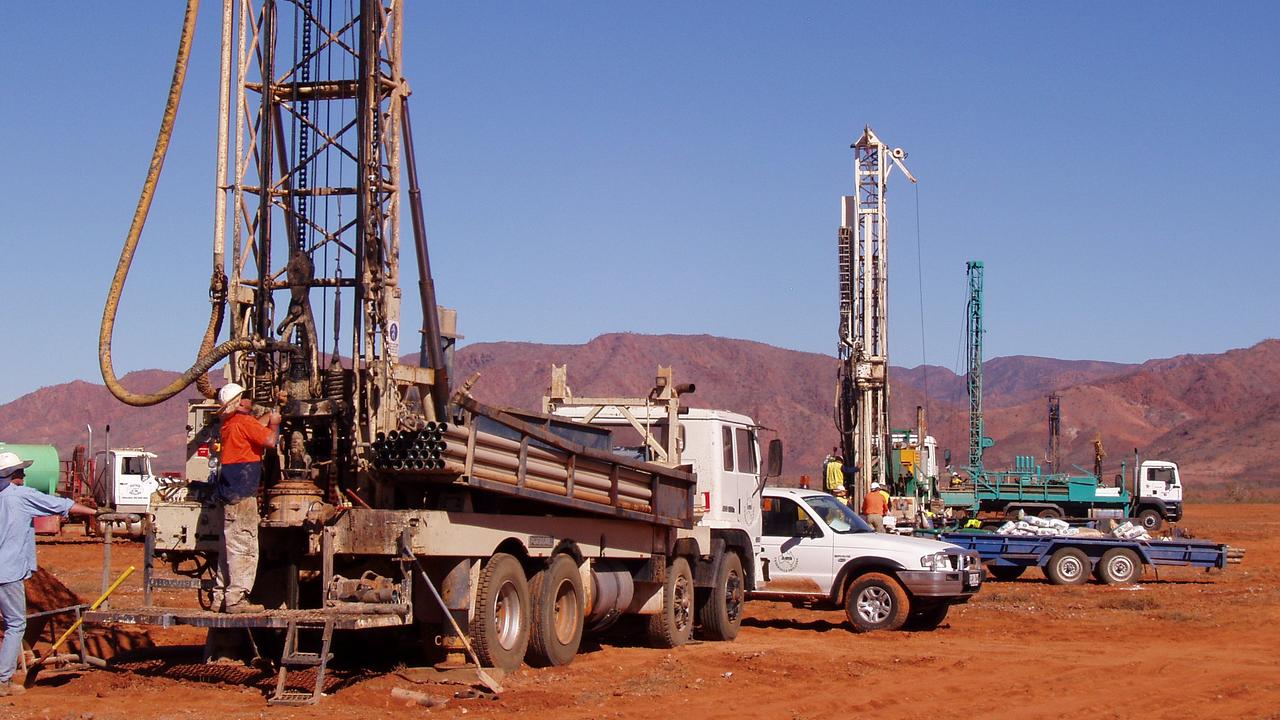
“An enrichment facility configured to produce low-enriched uranium fuel for nuclear power plants can be reconfigured to produce highly enriched uranium for nuclear weapons,” warn Highsmith and Dalton.
“Efforts to control the supply of uranium enrichment and other such sensitive, dual-use technologies are among the reasons why just nine countries today possess nuclear weapons.”
But the US Government has ceased its own uranium enrichment. And just one US company has been trusted with the technology.
That leaves a severe shortfall in Western production capacity.
“Uranium enrichment friend-shoring would be unprecedented and controversial,” the Lawfare authors argue. “Pursuing enrichment co-operation on foreign territory with countries that currently lack that capability would be a departure from longstanding US policy.”
And any moves to share centrifuge technology with the likes of Australia and Canada would set a dangerous precedent.
“Russia and China might not impose the same constraints on such co-operation, and they might be more inclined to co-operate with countries that posed a significant risk of diversion of the transferred enrichment capability to nuclear weapons production,” they warn.
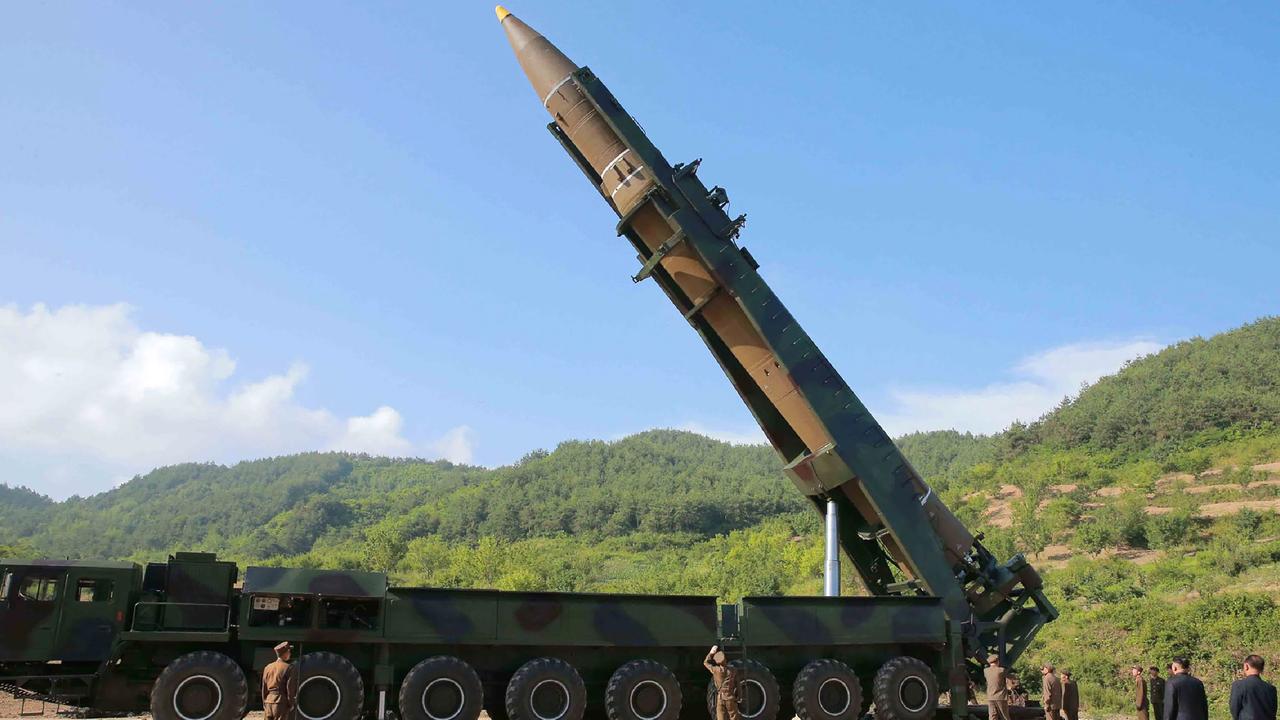
Jamie Seidel is a freelance writer | @JamieSeidel






